UAV pilot training programs are becoming increasingly popular in China, as job opportunities open up in many fields, from logistics and tourism to agriculture and urban management.
Seeing the potential of drone (UAV) piloting in the logistics sector, Bai Wuhen joined a full-time training program in Shenzhen, China's "drone capital", to get a license and advance his career.
Wuhen, 28, formerly of the hospitality industry, wanted to fly a medium-sized drone beyond line of sight, a skill that is in high demand in the drone delivery industry.
As the field becomes more standardized, getting a degree is the first step to becoming more professional, according to Wuhen.
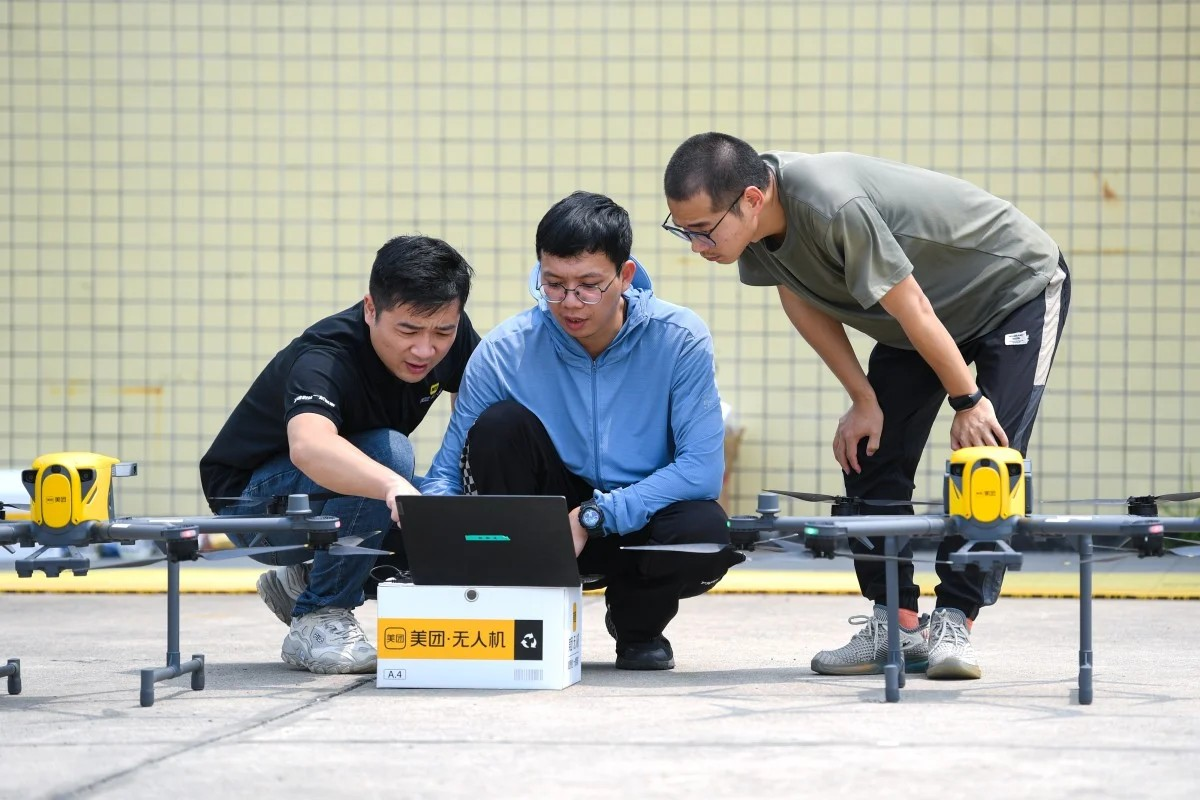
Demand for drone pilot certifications is rising as Chinese workers and graduates pursue emerging jobs related to drone operations, as Beijing promotes the low-flying economy, which is seen as a new growth engine for the world's second-largest economy.
The center where Wuhen is studying is run by Global Hawk UAV. According to founder Yu Jingbing, the number of students has skyrocketed in the past year. He predicts that the number of students in 2024 will be double that of last year. In fact, there are so many that they don’t have enough instructors.
The Zhifei Training Center in Shanghai has also seen a surge in students since the summer. According to one employee, most want the certification to qualify for certain positions in the military or government agencies, which are actively using drones in areas such as urban management.
Demand is also booming as companies look for people to operate new drone applications in logistics, tourism, aerial surveying and energy inspection. Many people working in finance and real estate are also contributing to the trend, as they want to change jobs and need the appropriate licenses.
China's property market has been in a prolonged slump and the financial sector is also struggling with rising bad debt amid a general economic slowdown.
The low-altitude economy, which typically includes manned and unmanned operations at altitudes up to 1,000 meters, is short of about 1 million skilled workers, Li Chunlin, vice chairman of the National Development and Reform Commission, said at a press conference in October.
The term low-end economy was introduced in Premier Li Qiang's government work report in March and referred to as strategic emerging industries. It is expected to create jobs, promote technological innovation and energize the economy.
China had only 225,000 people officially licensed to operate UAVs at the end of June, according to the Civil Aviation Administration of China (CAAC). However, there were more than 2 million UAVs registered with the CAAC at the end of September, Wang Changshun, chairman of the China Air Transport Association, revealed at a forum in Beijing on October 28. Including unregistered devices, at least 3 million UAVs are in use in the country.
“We are currently in dire need of licensed professionals who can not only fly drones but also repair and maintain them,” Yu said.
China has stepped up oversight of the drone sector in recent years, recognizing its role in driving economic growth. Regulations that came into effect at the start of the year require operators of small, medium and large drones to have civil aviation licenses, unless they fly light models under 120m in unrestricted airspace.
(According to SCMP)
Source: https://vietnamnet.vn/phi-cong-uav-thieu-hut-tram-trong-2345671.html


![[Photo] National Assembly Chairman Tran Thanh Man attends the summary of the organization of the Conference of the Executive Committee of the Francophone Parliamentary Union](https://vstatic.vietnam.vn/vietnam/resource/IMAGE/2025/4/15/fe022fef73d0431ab6cfc1570af598ac)
![[Photo] Prime Minister Pham Minh Chinh holds talks with Ethiopian Prime Minister Abiy Ahmed Ali](https://vstatic.vietnam.vn/vietnam/resource/IMAGE/2025/4/15/4f7ba52301694c32aac39eab11cf70a4)

![[Photo] The two Prime Ministers witnessed the signing ceremony of cooperation documents between Vietnam and Ethiopia.](https://vstatic.vietnam.vn/vietnam/resource/IMAGE/2025/4/15/16e350289aec4a6ea74b93ee396ada21)
![[Photo] General Secretary To Lam receives Ethiopian Prime Minister Abiy Ahmed Ali](https://vstatic.vietnam.vn/vietnam/resource/IMAGE/2025/4/15/086fa862ad6d4c8ca337d57208555715)
![[Photo] Welcoming ceremony for Prime Minister of the Federal Democratic Republic of Ethiopia Abiy Ahmed Ali and his wife](https://vstatic.vietnam.vn/vietnam/resource/IMAGE/2025/4/15/77c08dcbe52c42e2ac01c322fe86e78b)

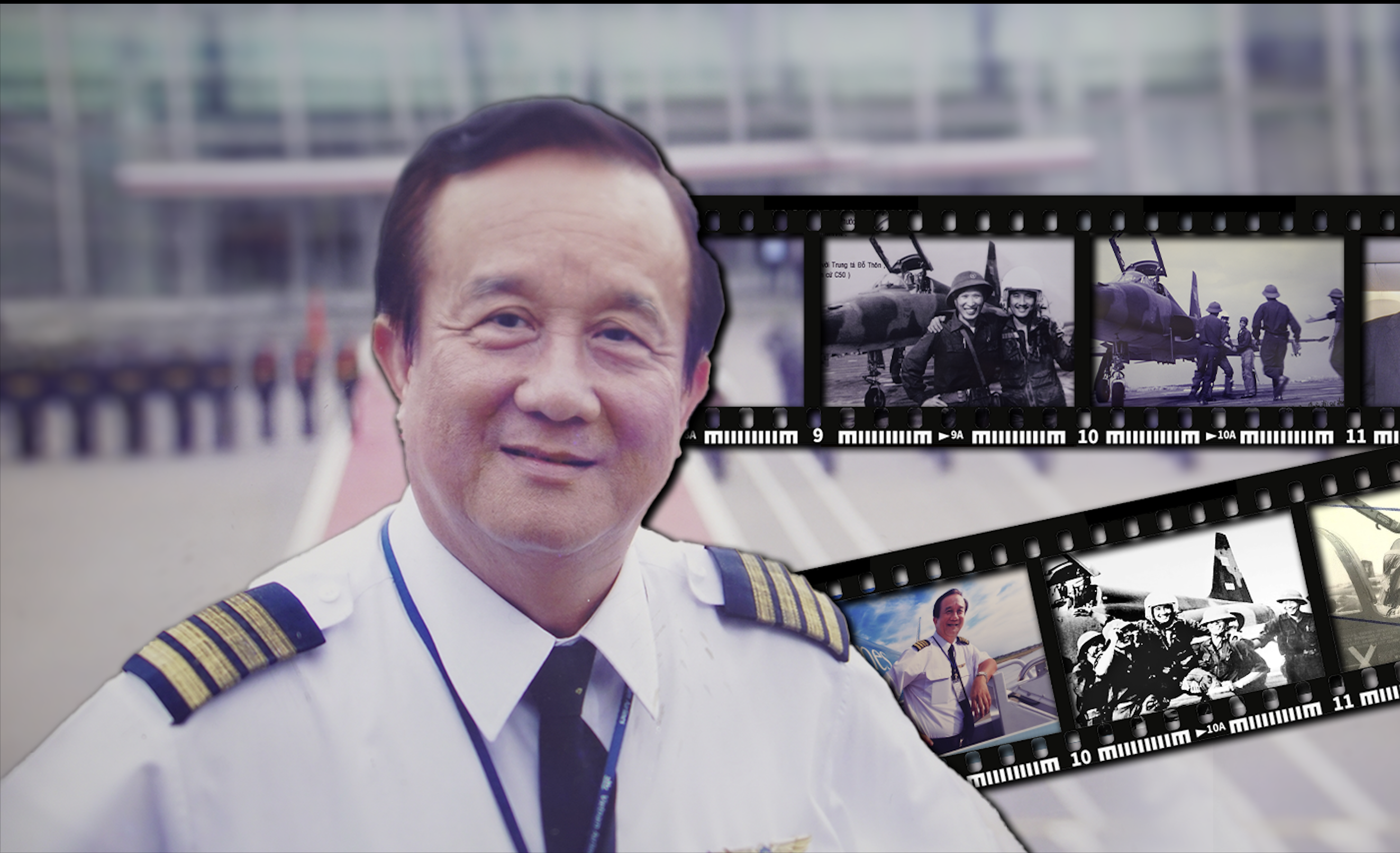

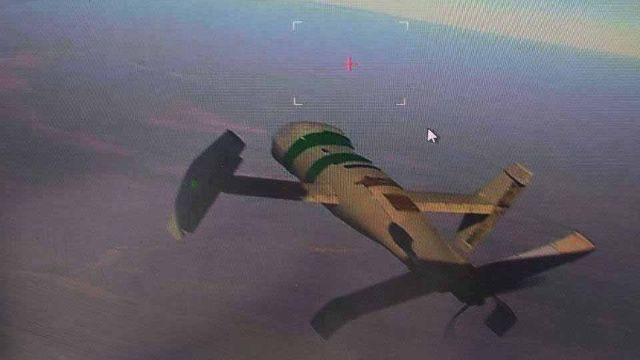


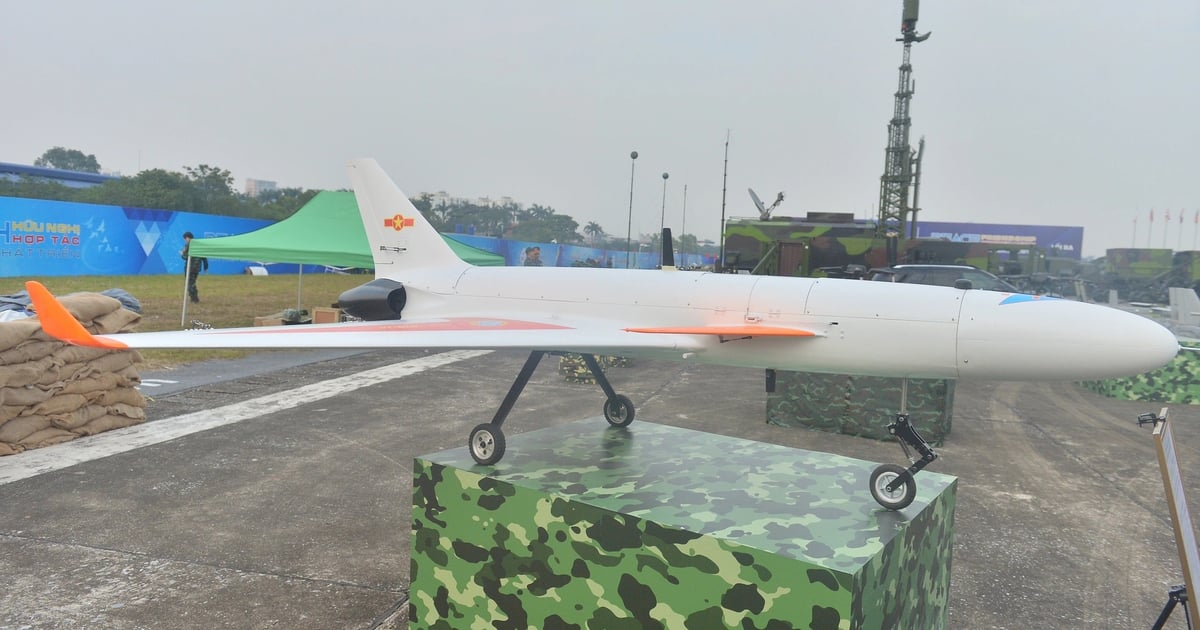

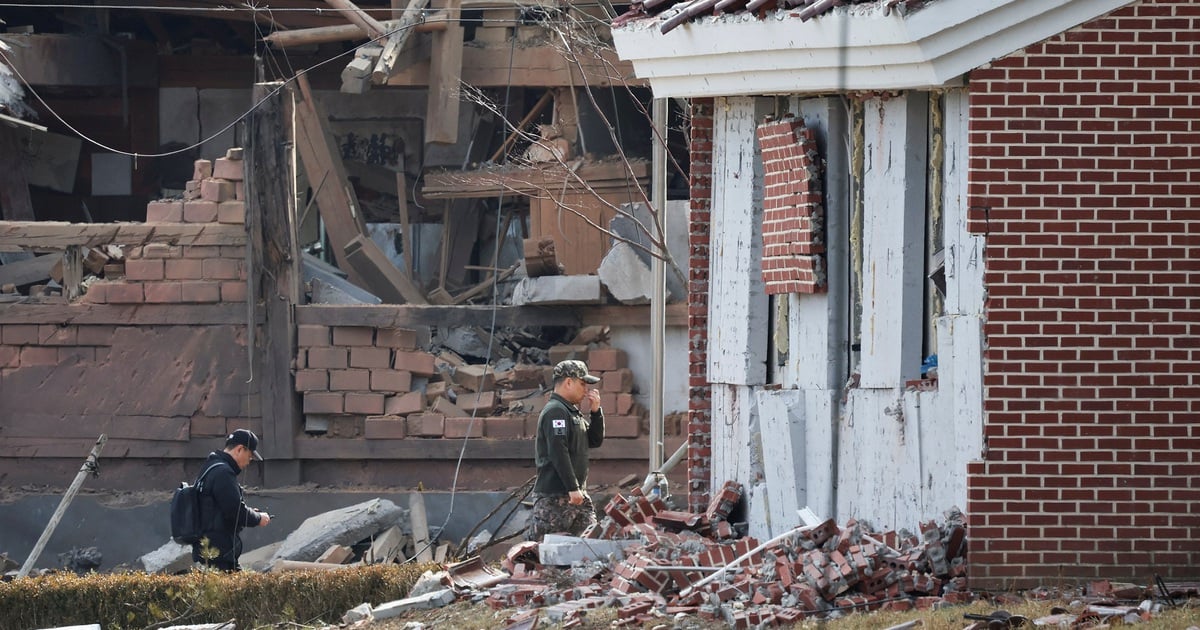
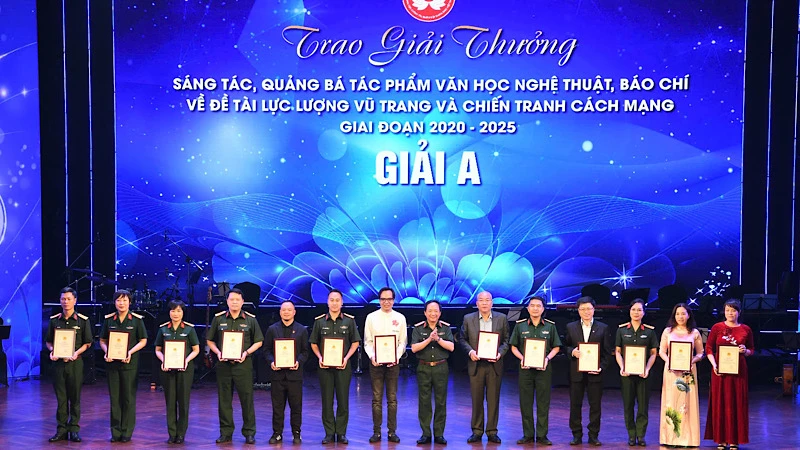


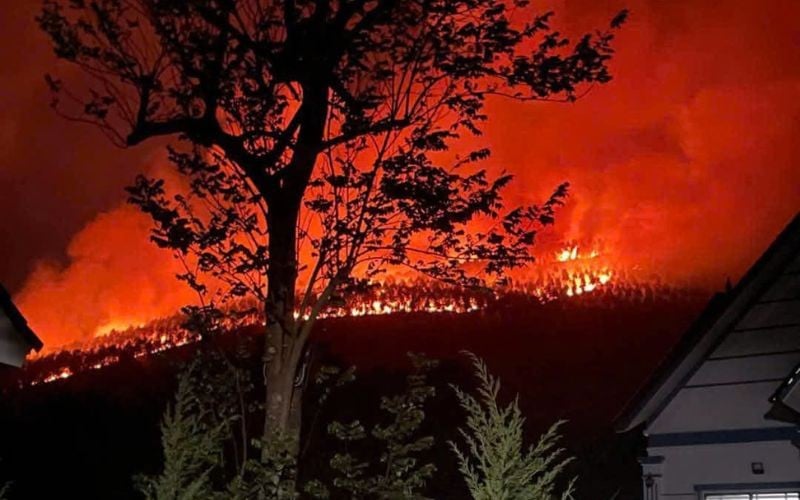

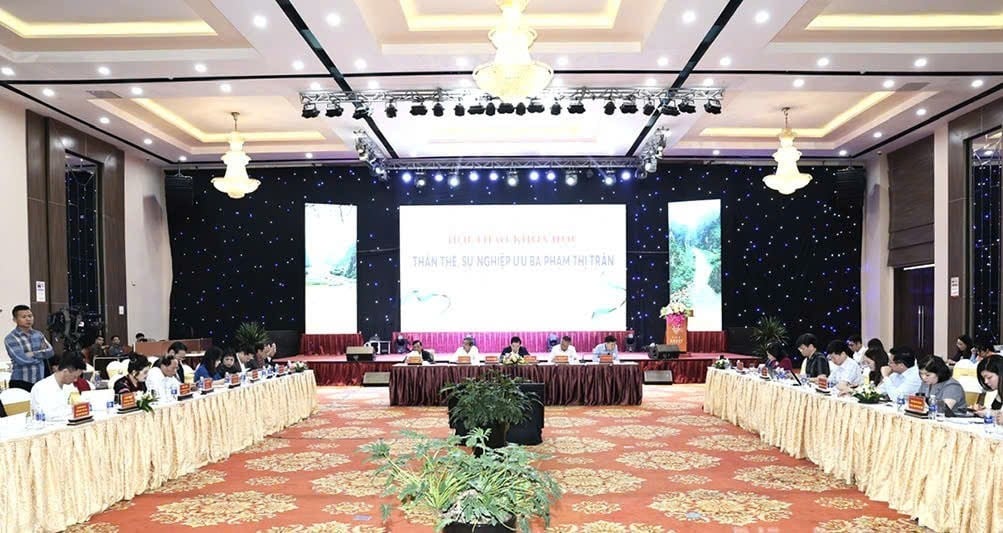


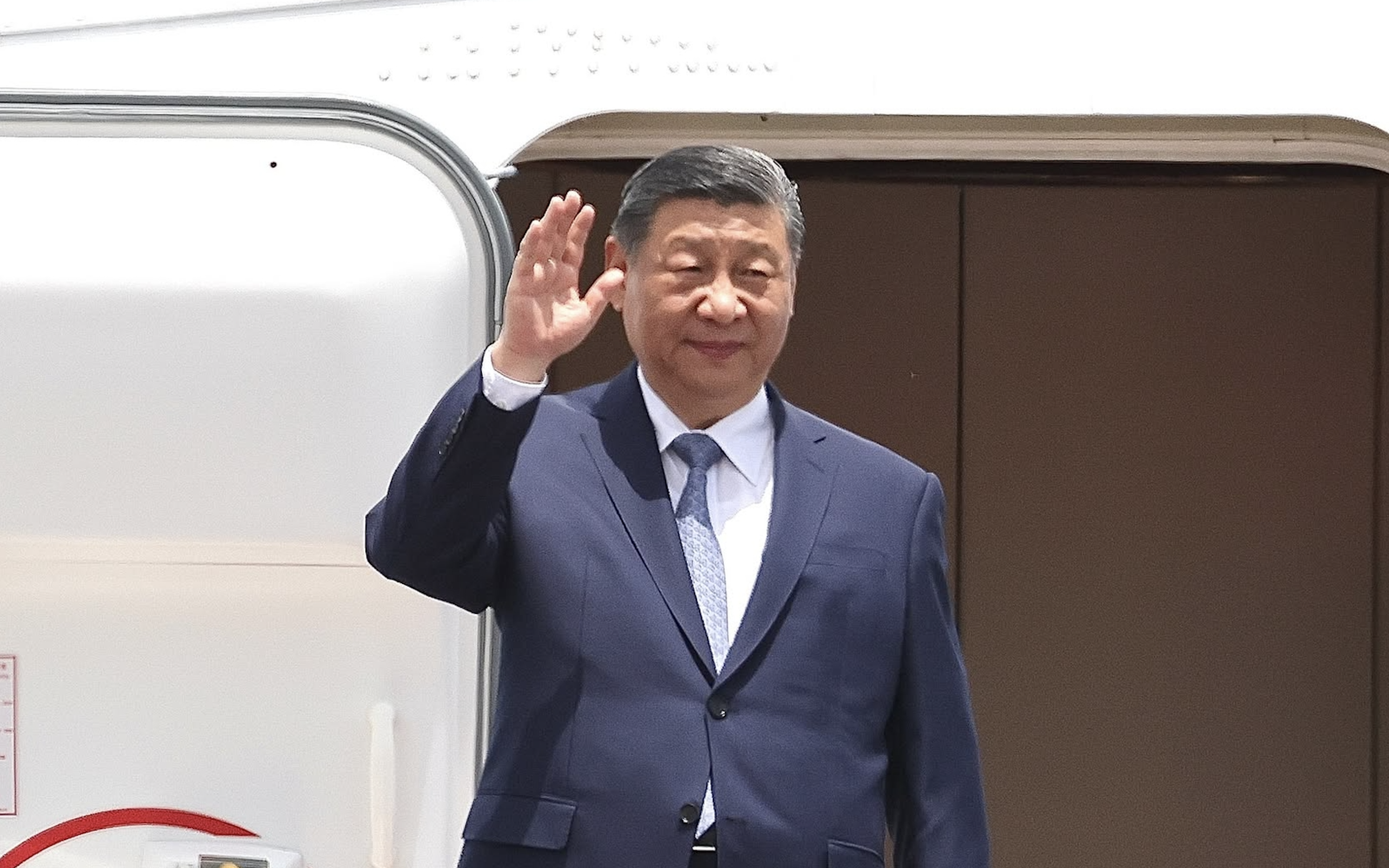






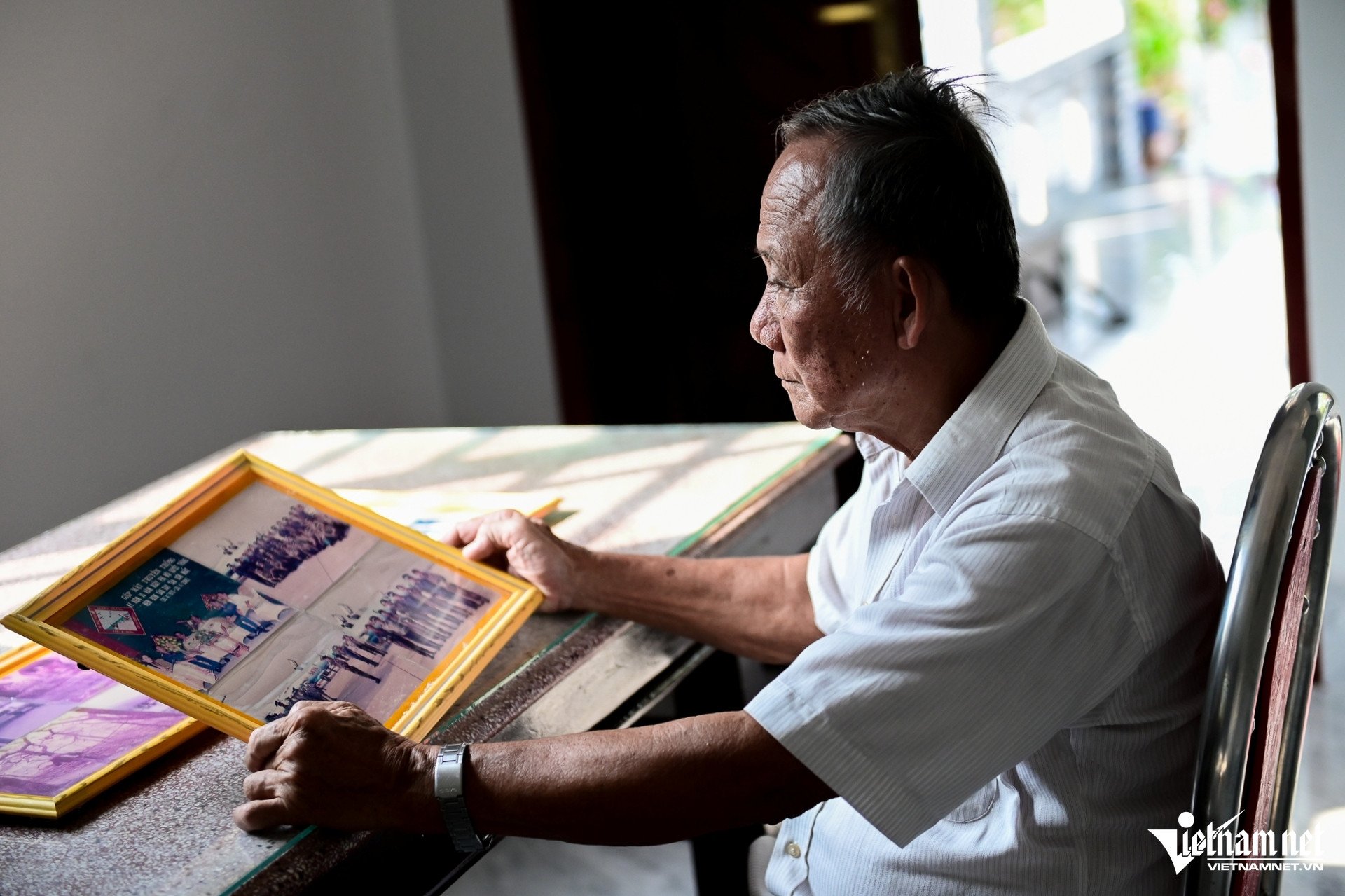
![[Photo] General Secretary To Lam meets with veteran revolutionary cadres, meritorious people, and exemplary policy families](https://vstatic.vietnam.vn/vietnam/resource/IMAGE/2025/4/15/7363ba75eb3c4a9e8241b65163176f63)




























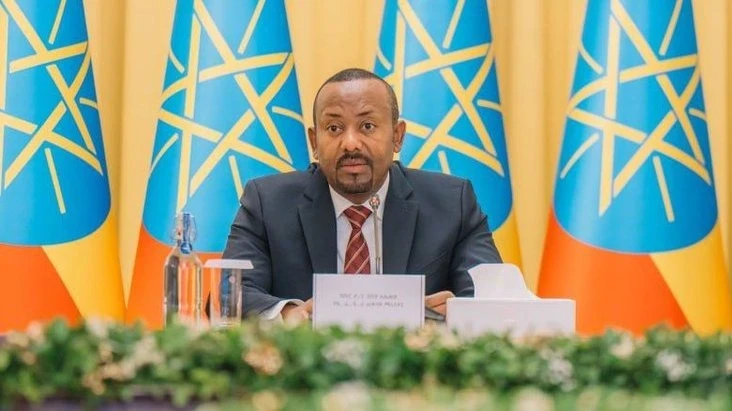
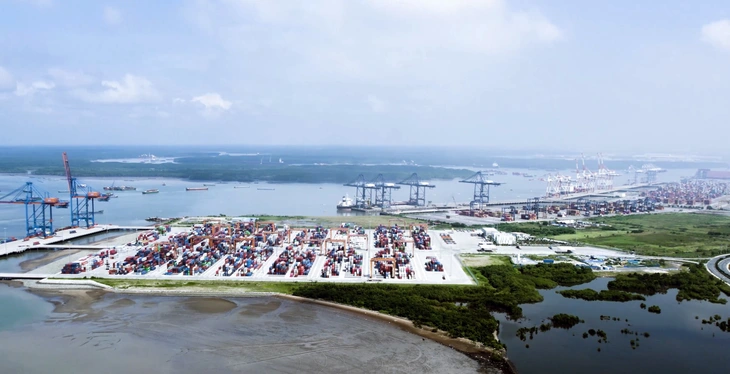








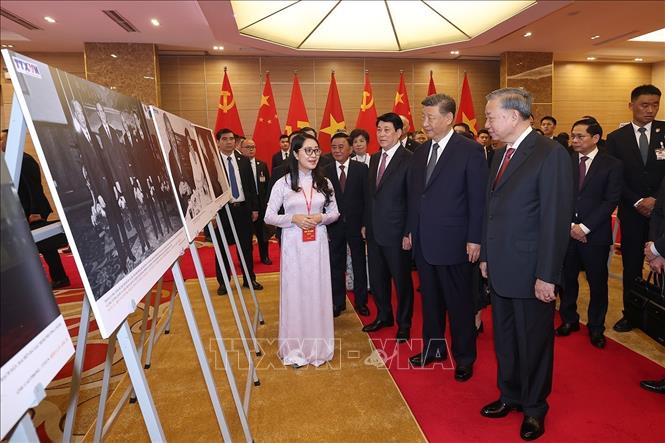


















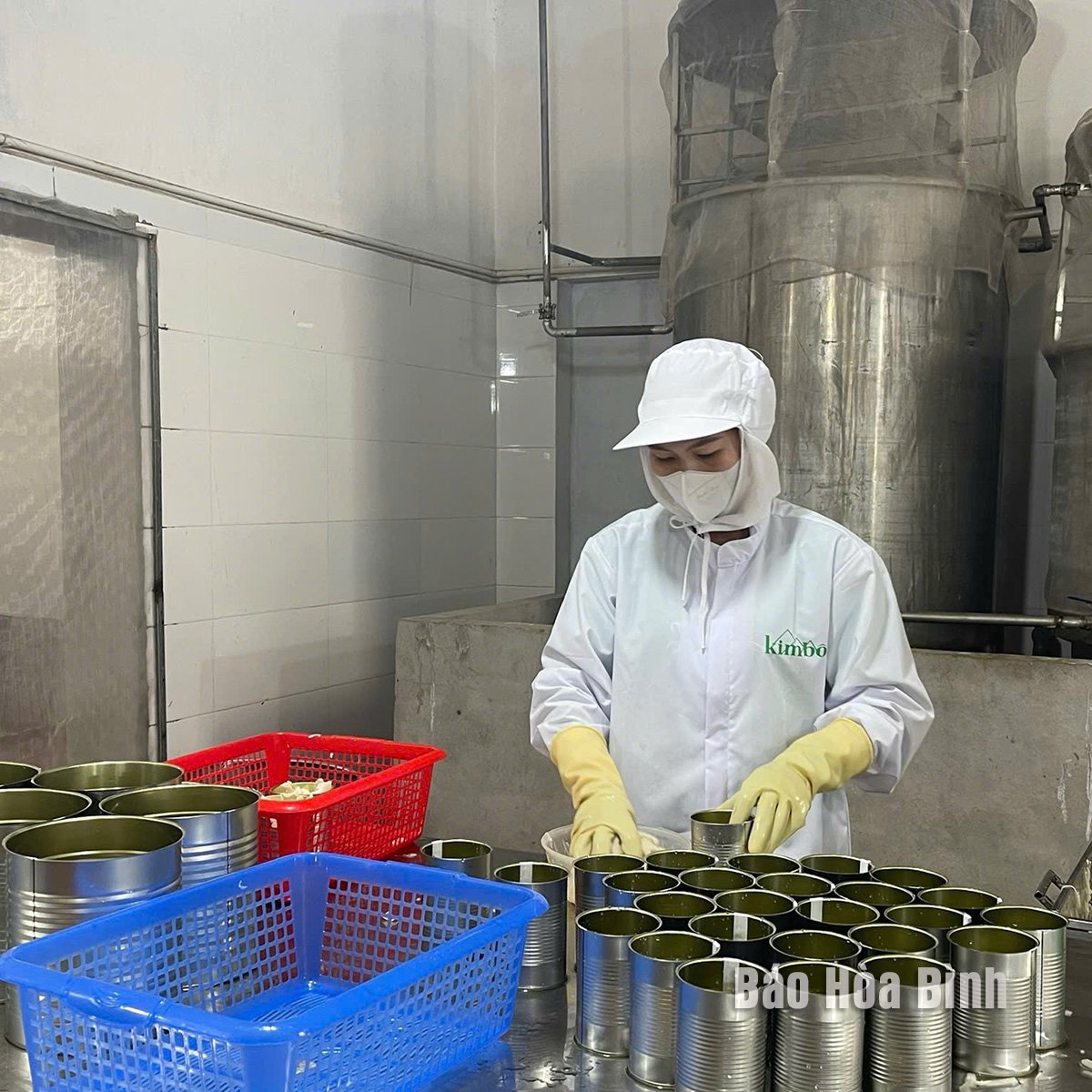

Comment (0)